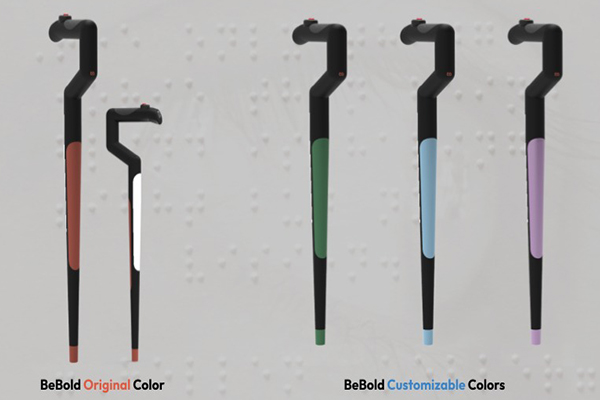From Empathy to Social Design–the transformation within design education!
The great American writer and inventor Benjamin Franklin once said – “Tell me and I forget, Teach me and I remember, involve me and I learn.” In a world that is embracing both futuristic technologies and reimagining its nativity of the past, involvement is one of the core generational differentiators. The concept of involvement or inclusivity has infused a fresh lease of life in the fundamentals of design thinking.
Empathy is widely recognised as the first step of the design thinking process. At the bedrock of the five stage design thinking model proposed by the Hasso Plattner Institute of Design at Stanford University, the idea of empathy ushered in the era of user experience design (ux design). The aspect of user experience became the fulcrum of the design output in every sphere of design. To name a few, one would say

fields such as graphic design, visual communication visual merchandising, packaging design, typography, publication design, brand design, ux/ui design, film design, advertising, animation, fashion communication, fashion design, interior design, space design, furniture design, product design, transportation design, toy design, textile design and many more have immensely benefitted from utilizing empathy at the inception of the design process.
As the world broadens its horizons from user to community, the purview of design process expanded beyond the five stage model. Design researchers such as Victor and Sylvia Margolin, Jan Boelen and Michael Kaethler, proposed models of design process incorporating the human centered issues being faced by the society. The onus of creating a better world for all has been taken on by the design educators. Leading design schools across the world are trying to incorporate social design as a cornerstone of their teaching pedagogy. At University of Arts London, there is a course critiquing racism in art. At Parsons School of Design, the students are immersing themselves in creating inclusive Avant garde clothing for people with disabilities. At National Institute of Design India, students went on a drive to eradicate plastic bags from Gandhinagar replacing them with bags made out of waste fabric made by women from neighboring villages. At Indus Design School India, design students created a walking stick for the visually impaired that detects obstacles in front of them and intimates the user to be careful. A designer no longer creates a silhouette, a form, a style, a visual or a product. A modern day designer creates a language. The visual or physical language of the designer lays the foundation to the cultural value system that ushers us into the future. The march toward the future is embedded in the transformation within design education from empathy to social design.







